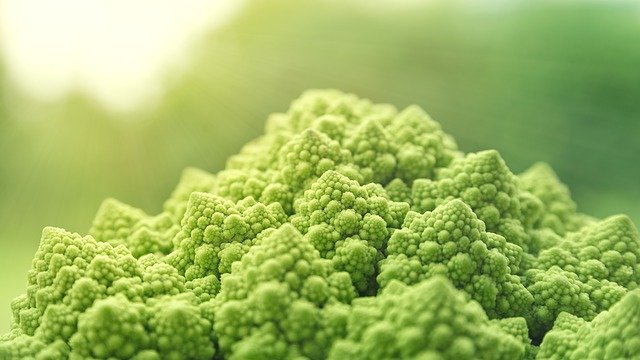Check out the live text-chat for this problem that happened on Wednesday, February 12, 2020 from 2:30 – 4:00 p.m. ET with the problem author in the “Comments” section below!

Meat alternatives such as the Beyond Burger and the Impossible Burger are appearing on menus across the country. Manufacturers hope that these “burgers,” “sausage” patties, and “chicken” nuggets taste enough like the originals that consumers (approximately 95% of which eat some type of meat) will choose them occasionally, or even regularly. While these alternatives may not be more nutritious than meat, it is clear that production of plant-based meat replacements is more environmentally friendly. Production of meat contributes to greenhouse gas emissions (livestock contributing nearly 15% of all such emissions), physical destruction of ecosystems (land, water, and air), and acidification of soil and water supplies (Ref 1, 3).
- A bone to pick. Develop a model to quantify the environmental impact of an individual’s diet as a function of how much meat they consume. You should take into account the types of environmental impact (greenhouse gas emissions, water use, etc.) that you deem most important. Justify mathematically the factors you choose to focus on.
- What’s your beef? Data seems to show that the number of self-identified vegans and vegetarians is increasing across the United States (Ref 4). At the same time, average per capita meat consumption seems to be remaining steady, possibly because meat-eaters are eating more meat. With these two competing trends in mind, predict the U.S. per capita meat consumption in 2025, 2030, and 2040.
- Mission impossible. Manufactured meat substitutes have significantly less environmental impact than traditional meat (Ref 7), and activists are hopeful that once consumers get used to choosing an alternative, they will make the next step to simpler plant-based alternatives (such as tofu) that have even less environmental impact. Use mathematical modeling to estimate the overall environmental impact of the U.S. food system over the next 5, 10, and 20 years.
The following references may help you get started:
- Science magazine: Reducing food’s environmental impacts through producers and consumers
https://science.sciencemag.org/content/360/6392/987 - The World Counts: Food Consumption Statistics
https://www.theworldcounts.com/counters/world_food_consumption_statistics/world_meat_consumption_statistics - Food and Agriculture Organization of the United Nations
http://www.fao.org/faostat/en/#home - Animal Charity Evaluators
https://animalcharityevaluators.org/blog/is-the-percentage-of-vegetarians-and-vegans-in-the-u-s-increasing/ - National Chicken Council
https://www.nationalchickencouncil.org/about-the-industry/statistics/per-capita-consumption-of-poultry-and-livestock-1965-to-estimated-2012-in-pounds/ - Business Insider
https://www.businessinsider.com/burger-king-tgi-fridays-chains-sell-plant-based-meat-2019-5 - Beyond Meat
http://css.umich.edu/sites/default/files/publication/CSS18-10.pdf
Problem Author: Dr. Neil Nicholson, North Central College
Reference and other links included on this page were current and valid at time of original posting; if they are no longer valid or live please look for similar or updated links in context with the referenced topic.





